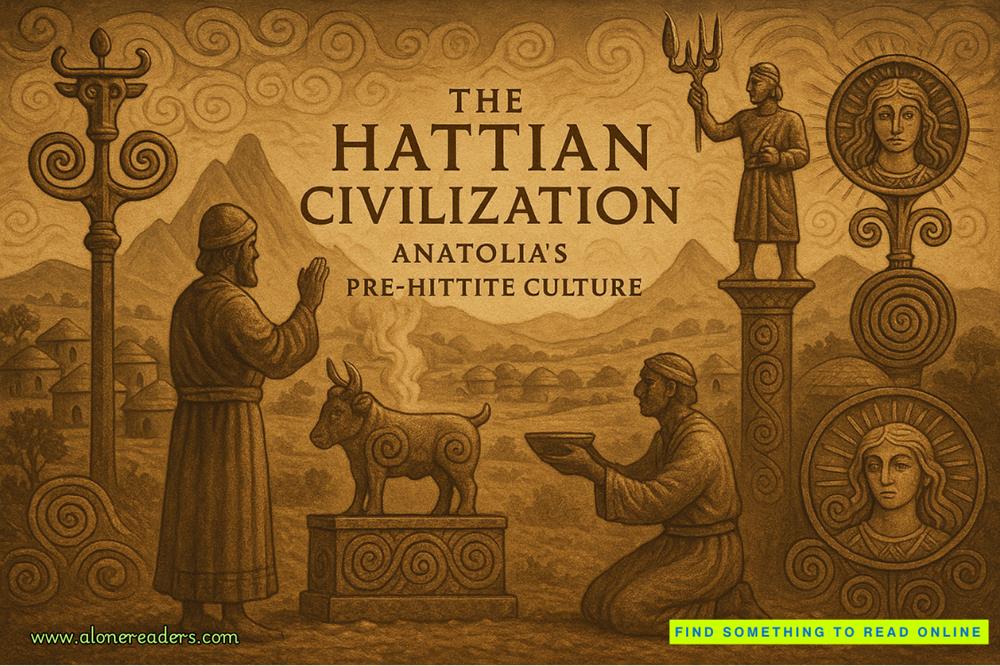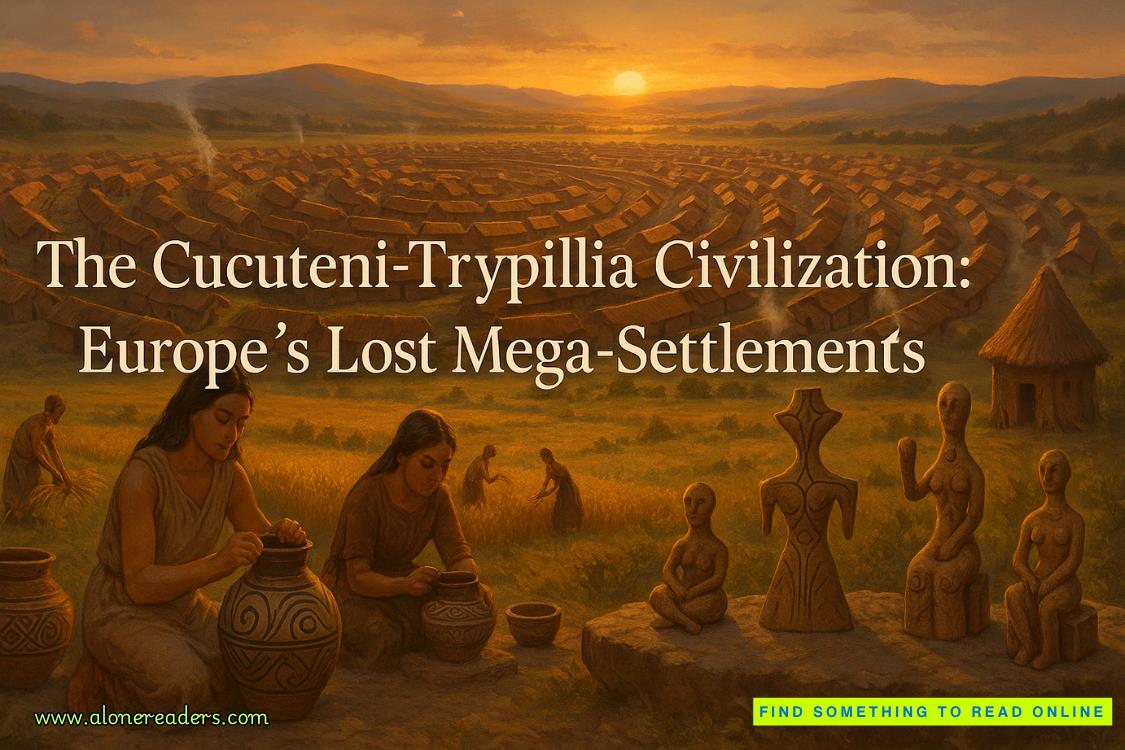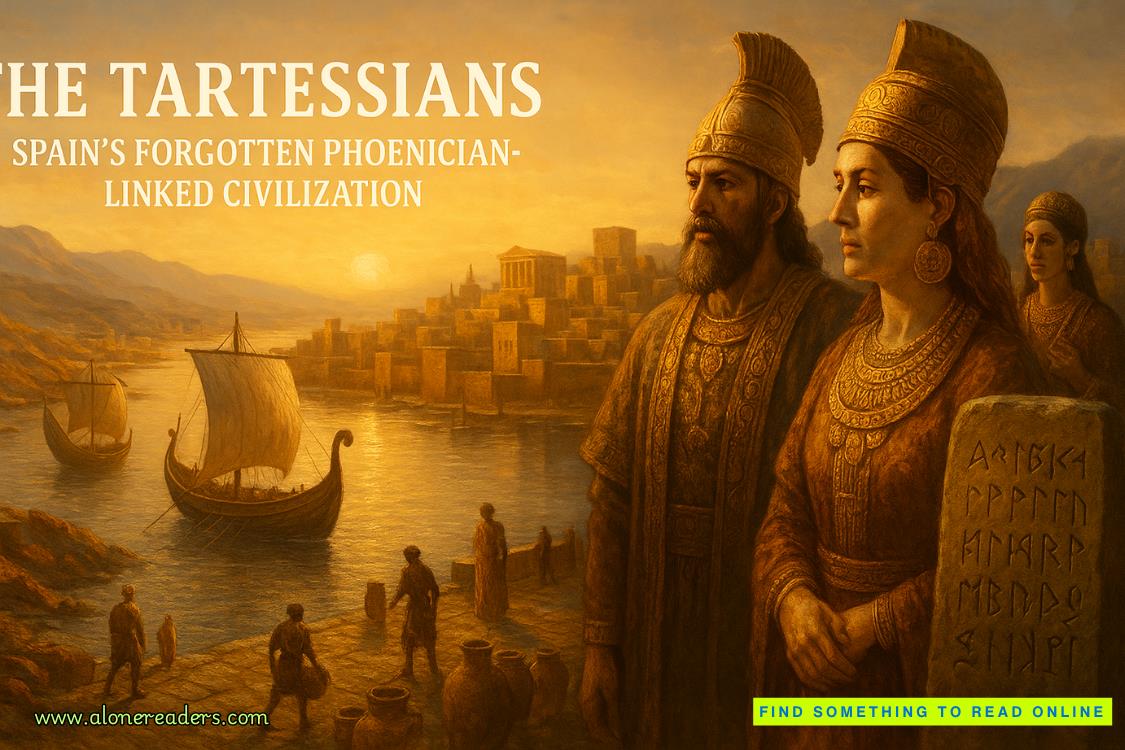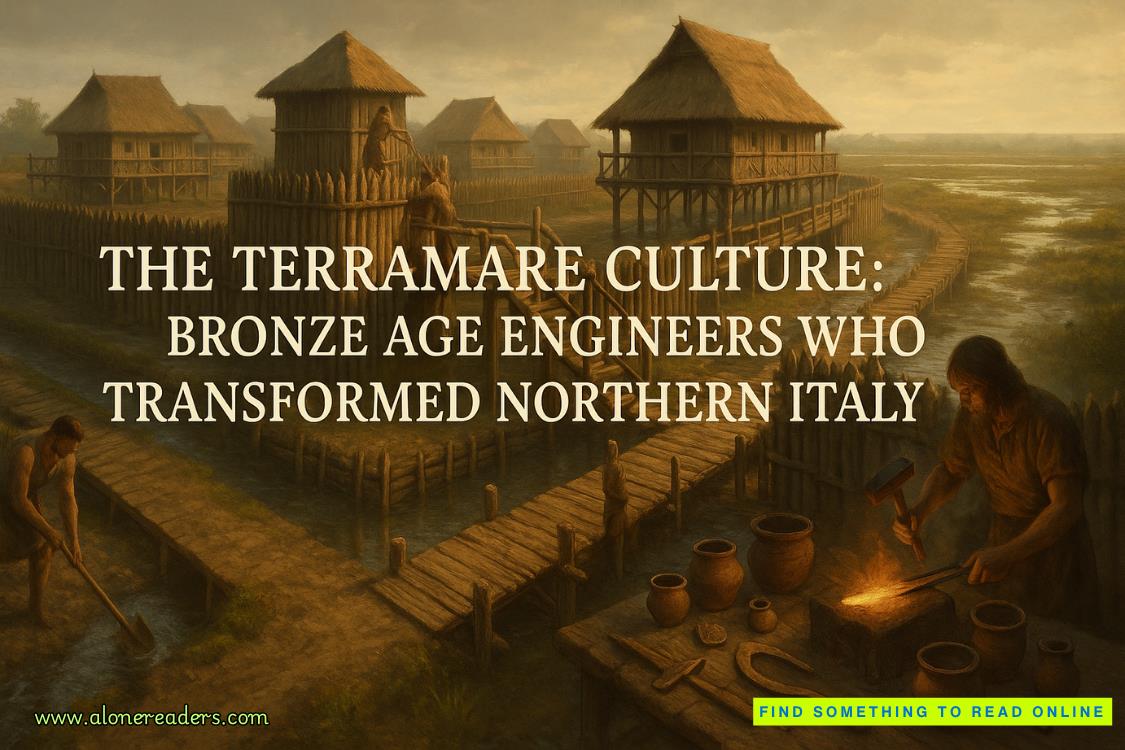She showed me the screen. “In his print, just above that double wrinkle in the neck, can you kinda-sorta see a potential ‘Giotto’?”
I was surprised by what I saw. “Yeah, I kinda-sorta can. It’s grainy, but I see something that could be a lowercase cursive g and a couple round bits that might be o’s.”
She stared at the mammoth print. “But now look at ours. Notice anything funny?”
“It’s really different. I see blotches and splotches, but everything looks all vague and random.”
“I think he’s cranked up the contrast a lot in his picture. Not in the whole image; just in that part of the neck. Looks like he’s Photoshopped it to highlight what he wants us to see.” Then she groaned loudly. “Oh, good grief.”
“Now what?”
“Look. On the actual Shroud, the forehead blood — the artful, crown-of-thorns trickle of blood — is above the right eye.” Then she pointed to the iPad. “But in this art-detective’s version, it’s above the left. He’s flopped it, left to right.” She growled in annoyance. “No fair. Shit, Dr. B, if I played image doctor for a day or two, I could probably make it say ‘Miranda rocks!’ somewhere in there.” She rolled up the scroll, shaking her head in disgust. “Come on, let’s go. What a gyp.”
“Too bad,” I said. “I was hoping this Giotto story might help Emily Craig’s work finally get the attention it deserves.”
We hadn’t gone more than a few miles before Miranda simmered down and resumed the quest for interest items. “During the early Middle Ages, there were supposedly dozens of ‘true shrouds’ rattling around — more than forty, according to one guy who’s researched this. But none of those showed an image of Jesus; they were just strips of cloth. It wasn’t until…”—she paused to scroll—“…1203 that there was a record of a shroud with an image. But it just showed the face, not the whole bod.”
“Where was it?”
“That one turned up in Constantinople,” she said, “which was the crossroads of the relics trade.”
“How come?” I asked.
“How come it turned up?”
“No, how come Constantinople was the crossroads of the relics trade?”
“Ah. Because of Saint Helena.”
“And what’s she the patron saint of?”
“Of relics, looks like. Helena was the mother of Constantine — the Roman emperor who finally gave the seal of approval to Christianity. She was quite the pack rat when it came to relics. She made a pilgrimage to the Holy Land and brought back a boatload of ’em. A true cross or two, three crowns of thorns, the Holy Sponge—”
“The Holy what?”
“Sponge. The Holy Sponge. A Roman soldier stuck a sponge on a stick and gave Jesus a drink up on the cross. Holy Nails.”
“Wait, go back. The sponge? Really? Jesus dies a horrible death, his friends and family are devastated, but as they’re pulling him off the cross and hauling him away, somebody stops and goes, ‘Say, soldier, can I have that sponge?’”
“So the story goes. Where was I? Oh, Holy Nails—lots of Holy Nails. At least thirty Holy Nails, scattered all over Europe.” She scrolled down the screen, then hooted. “Wow. The Holy Stairs: twenty-eight marble steps — I’m not making this up — from the palace of Pontius Pilate, the Roman governor. The steps Jesus stood on, supposedly, when Pilate washed his weaselly hands of the whole affair.”
“So after the grieving disciples snag the Holy Sponge and pry out the Holy Nails, they swing by the governor’s palace and pinch an entire staircase?”
“I’m just telling you what it says. Quit interrupting. There’s more, so much more in the realm of relics. Feathers from the wings of the Angel Gabriel, plucked or molted when he swooped down to tell Mary she was pregnant. Vials of Mary’s breast milk.”
“Gag.”
“Six Holy Foreskins.”
“Whose six Holy Foreskins?”
“Jesus’s, of course.”
“He had six of them? Or was the One True Penis snipped six times?”
She shrugged. “Maybe the rabbi was a rookie.” She consulted the screen again. “The body of Mary Magdalene — three Mary Magdalenes, actually, in three different places. The tail of the donkey on which Jesus rode to Jerusalem on Palm Sunday. A few heads of John the Baptist. A tear Jesus shed.”
“A tear? One of the ‘Jesus wept’ tears, from when Lazarus died?” She nodded. “And somebody just happened to be standing by with an airtight container?” I shook my head. “Twelve disciples? Jesus would’ve needed hundreds—thousands—to trail along behind him and scoop up everything he ever touched for all this stuff to be real. What a racket.”
“Well, yes and no,” she said, surprising me.
“How no?”
“People venerate relics everywhere, always. Relics can be props — they can dramatize and validate the religion’s story; visual aids. But they can also be considered talismans, with magical powers — the power to heal the sick, raise the dead, protect a city against invading armies. People crave relics — beautiful ones, like the Shroud, or even cheesy ones like the Sacred Sandwich.” I remembered what I’d seen on my midnight walk — mementos stuffed in the moonlit niches of a prison wall, and the nearby carving of John the Baptist’s severed head — and it gave her argument the ring of truth.
“So, circling back,” I said. “Whatever happened to that shroud from 1203—the one with the image?”
“Oh, that,” she said. “It vanished in the sack of Constantinople a year later. In all the raping and pillaging.”
“Who raped and pillaged Constantinople?”
“The Crusaders.”
“The Christian Crusaders? Raping and pillaging the crossroads of Christianity?”
“Depends,” she answered, “on how you define ‘Christian.’”
Just then the ring of my phone sounded — a startling noise high in the Alps, miles from any city. I snatched it from the console, narrowly missing a road sign as I sneaked a glance at the display. Private number. “Hello?”
“Hello, is this Dr. Bill Brockton?”
“Yes, it is.”
>
“Dr. Brockton, my name is Dr. Adam Newman. I’m the scientific director of the Institute for Biblical Science, in Charlotte, North Carolina.”
“Ah, yes,” I said. “I got your letter a few days ago.”
“Are you going to be able to help us with our project? We’re very anxious to get to work, and we’re very much hoping you’re interested.”
I hesitated. I’d been dubious when I first read the letter, and Stefan’s report had only confirmed my uneasiness. But I didn’t want to be offensive. “I’m sorry, but I’m afraid I won’t be able to help you with that, Dr. Newman.”
“I think you’d find it a fascinating opportunity,” he said. “If you’ll let me tell you more about it, I think you might reconsider.”
“Even if I wanted to, I couldn’t take it on right now,” I said. “I’m out of the country. I’m in France.”
“France?” There was a silence, and I thought I’d lost the call. “Well, gracious, lucky you. What part of France?” Something about his hearty tone sounded false, but before I could decide how — or whether — to answer the question, the world went dark, we plunged into the Mont Blanc Tunnel, and Dr. Adam Newman was gone.
CHAPTER 15
Avignon
The Present
After dropping Miranda off, I eased the Peugeot through Lumani’s wooden gate just in time to see Elisabeth arranging purple stalks of lavender in a tall vase on one of the garden tables. She waved and nodded. “Ah, bonjour. You are back so soon. How was your trip? Did you see the famous Shroud?”
“No, we didn’t. It was impossible.”
“Ah, quel dommage—too bad.”
“It’s okay. It was a useful trip. We bought a copy of the Shroud. A life-size photograph. For three hundred dollars.”
She gasped, and as she drew in her breath, she exclaimed, “Ah!” I’d never heard anyone do that before — speaking while inhaling. The intake of breath somehow invested the “ah” with a little more wonder and a lot more charm. “Mon Dieu. For so much money, I hope it has the power to make miracles.”















